As strange as it is, there are fish names that start with x, and they are numerous. Some are freshwater fish species that are endemic to the river and streams of the Asian and Southeast Asian basins.
Others are saltwater fishes native to the oceans like the eastern pacific ocean, the western Indian ocean, and many others.
They have different features ranging from their respective average length to modified scales. These features help them cope with their environments.
Researching fish that start with X? Check out this article to learn about them.
Our Top 12 Fish Names Beginning With Letter X
X Ray Tetra
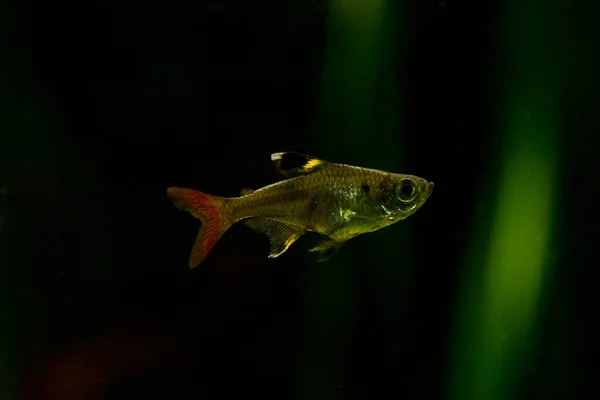
Another common name for this fish species is Golden Pristella Tetra; It is a modification of its Latin name.
X-ray tetra grows up to an average length of 2 inches. It has an almost transparent body. This is the reason it is called an X-ray tetra. This body structure helps protect it from predatory fish as they blend in with the environment.
You must keep in mind that the X-ray tetra is a schooling fish and should be kept in a group of no less than 6 in a tank. Staying in a group helps them feel secure.
Xanthogramma Sandperch
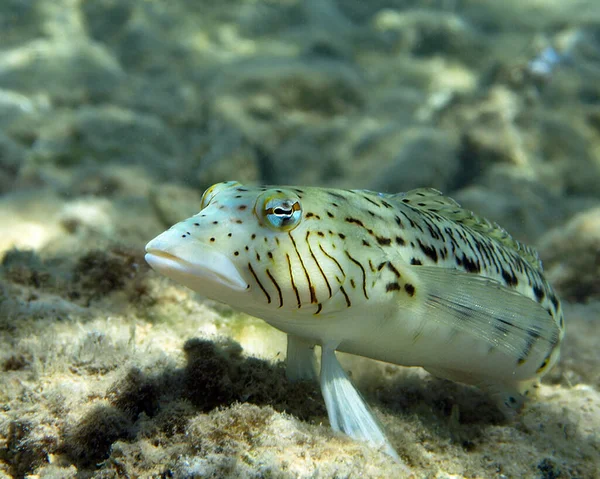
Sandsmelt and Spotted Grubfish are common names for this tropical marine fish. It is a bony fish in the Pinguipedidae family.
Although endemic to the western Indo Pacific ocean, you can find this fish in the red sea and even around the east coast of Africa. It loves to stay in shallow waters.
Its maximum length is usually about 11 inches. It has a cylindrical body with a flattened end. Its eyes are close to each other, and it spends most of its time resting on the seabed.
Xantic Sargo

This nimble fish is endemic to the western Indian and eastern Atlantic oceans. You will typically find them in reef environments, around rocky weed-covered areas.
It has a generally silvery body and can grow up to a maximum length of 23 inches.
But its average length is 11.8 inches. It feeds on smaller animals in the oceans. These include smaller crustaceans and mollusks.
Xiphophorus Hellerii

This fish is also generally known by the common name Swordtail fish. It is closely related to the Xiphophorus maculatus (southern platyfish). It is from the family Poeciliidae.
Although it is a freshwater fish, it is known to tolerate and survive in brackish waters. The males are smaller than the females. They grow to a maximum length of 5.5 inches, while the females grow as big as 6.3 inches.
Xenaploactis Asperrima

This ray-finned tropical marine fish is common in the Western central pacific of the East Indies. Its usual length is 1.5 inches, and its body is covered with scales that form bony projections.
It is the largest species in the Xenaploactis genus. It has an upturned mouth, and its head is full of sharp spines.
Xenaploactis Cautes (Rough velvetfish)
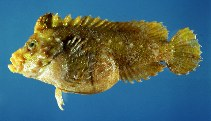
This fish species is one of the Xenoploactis species. It is endemic to the western pacific ocean. They also inhabit the eastern Indian ocean.
You can find this fish in the Gulf of Thailand, Western Australia, and the Gulf of Carpentaria in Queensland.
Its usual length is between 1.10 inches to 1.6 inches.
Xenocypris Davidi
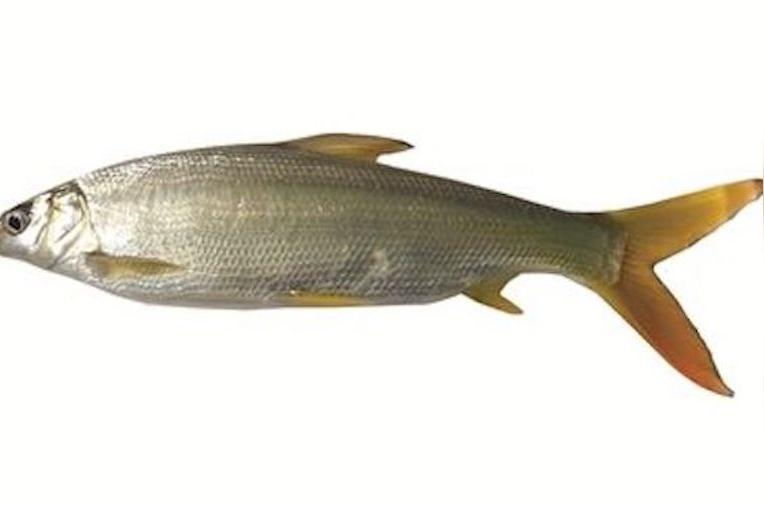
This freshwater fish is native to the southeast coast of China. It is an omnivore, but its main diet includes plant matter, humus, and alga.
It reaches a maximum length of 15 inches. But on average, it reaches about 7.8 inches in 2 years.
It has a gray back and a white abdomen. It likes to dwell in the mid and lower layer of the water body.
Xenomystax Trucidans
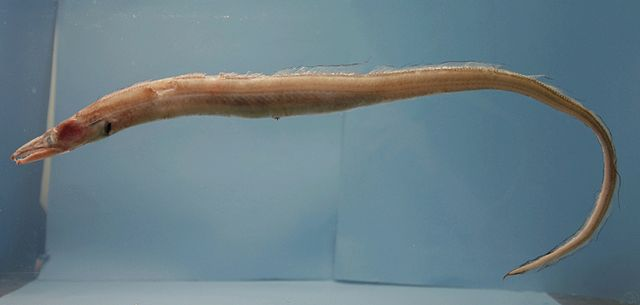
The Xenomystax Trucidans is a bottom-dwelling eel common in the western Indian ocean. It is a deep-sea bottom dweller and is usually found at a depth of 1300-2600 ft.
Males usually grow very big. They can reach a shocking length of 25 inches. Due to the limited number of available specimens for research, the UICN Redlist has this beautiful marine fish under the Data deficient category. The information on this species is insufficient at the moment.
Xenisthmus Balius
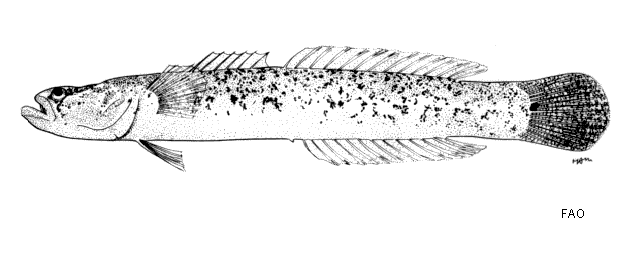
A general name for this fish species is Freckled wriggler. It is another tropical marine fish on our list of fish names that start with the letter X. It is common in the western part of the Indian ocean.
This fish is a blue ray-finned fish species and grow up to an inch long. It lives deep in the water at a depth of about 56ft. It is part of the genus Xenisthmus in the family Xenisthmidae.
Xenisthmus Clarus
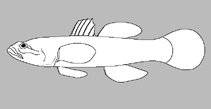
This is another tropical marine fish in the same genus but not the same family as the Xenisthmus Balius. It is commonly called the Clear wriggler.
It is endemic to the western pacific ocean. It is an exceptional fish that prefers intertidal and coral reef areas for habitation.
Xenichthys Xanti
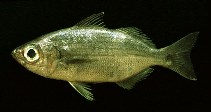
The Xenichthys Xanti is also known as the Longfin Salema. It is native to the Eastern Pacific ocean, particularly the southern Gulf of California down to Peru.
Longfin Salema can grow up to 9.4 inches, but it is common to find them growing to only about 7.1 inches. It usually has an oval body and a small mouth. It has a pointed lower jaw and very large eyes.
This tropical marine fish is an egglayer. It gives birth to younger ones by laying eggs.
Xyliphius Barbatus

This small species of Banjo catfish from South America is the last but not the least of fish names that start with the letter X.
It is endemic to the Paraguay-Paraná River system basin in Argentina. It is a freshwater fish that usually grows to 3.6 inches. These ray-finned fish do not have adipose fins. They typically have the appearance of a stringed instrument called the banjo.
Also, their bodies are not covered with scales.
List of Fish That Start with X
- Xenocyprioides Carinatus
- Xiphophorus Hellerii
- Xenocypris Davidi
- Xenistius Peruanus
- Xenobalistes tumidipectoris
- Xenobarbus Loveridgei
- Xenocephalus Australiensis
- Xenocharax Spilurus
- Xenochromis Hecqui
- Xenomystax Austrinus
- Xenomystax bidentatus
- Xenomystax trucidans
- Xenophallus umbratilis
- Xenocypris fangi
- Xenocypris hupeinensis
- Xenocypris medius
- Xenodermichthys nodulosus
- Xenophthalmichthys danae
- Xenotilapia boulengeri
- Xenotoca eiseni
- Xenotilapia burtoni
- Xenophysogobio boulengeri
- Xenophysogobio nudicorpa
- Xenopterus naritus
- Xenotilapia bathyphila
- Xenotilapia caudafasciata
- Xenotilapia leptura
- Xenotilapia longispinis
- Xenotilapia melanogenys
- Xenotilapia nasus
- Xenotilapia nigrolabiata
- Xenotilapia ochrogenys
- Xenotilapia ornatipinnis
- Xenotilapia papilio
- Xenotilapia rotundiventralis
- Xenotilapia spiloptera
- Xenurobrycon pteropus
- Xenotilapia tenuidentata
- Xenurobrycon coracoralinae
- Xenurobrycon heterodon
- Xenurobrycon macropus
- Xenurobrycon polyancistrus
- Xiphophorus kosszanderi
- Xiphophorus mayae
- Xestochilus nebulosus
- Xestus sabretooth blenny
- Xingu corydoras
- Xiphophorus kallmani
- Xiphophorus multilineatus
- Xiphophorus roseni
- Xiphophorus signum
- Xiurenbagrus gigas
- Xyliphius lombarderoi
- Xyliphius magdalenae
- Xyliphius melanopterus
- Xiurenbagrus xiurenensis
- Xyelacyba myersi
- Xyliphius barbatus
- Xyliphius kryptos
- Xyliphius lepturus
- Xyrias guineensis
- Xyrias revulsus
- Xyrichtys cyanifrons
- Xyrichtys geisha
- Xyrichtys pastellus
- Xyrichtys rajagopalani
- Xyrichtys verrens
- Xyrichtys virens
- Xyrichtys wellingtoni
- Xyrichtys woodi
- Xystreurys rasile
- Xyrichtys incandescens
- Xyrichtys javanicus
- Xyrichtys koteamea
- Xyrichtys niger
Final Thoughts
This article is not exhaustive, but it is an excellent place to start if you want to learn about fish names that start with X.
Remember, learning continues, so while you already know these fish species, you will come across more in the nearest future.
Related:
Image Credit:
- https://www.fishbase.se/
- https://www.baike.com/
- https://species.wikimedia.org
- https://www.scotcat.com


